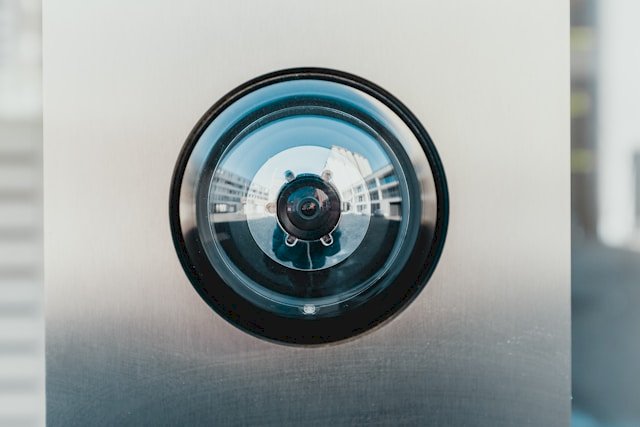How to Detect & Prevent Counter-Surveillance Threats
3 weeks ago - 2 min read
Unauthorized surveillance—whether through physical tracking, hidden cameras, or cyber espionage—poses serious security risks. Counter-surveillance helps detect and prevent such threats, protecting sensitive information and personal privacy.
What Is Counter-Surveillance?
Counter-surveillance is the practice of identifying and mitigating covert monitoring. It safeguards businesses, individuals, and government agencies from intelligence gathering by malicious actors, competitors, or cybercriminals.
How Counter-Surveillance Works
Effective counter-surveillance involves observation, technology, and proactive security measures:
- Recognizing Suspicious Activity: Identifying repeated sightings, unusual loitering, or unexpected encounters.
- Electronic Detection Tools: Using RF detectors, thermal cameras, and lens finders to locate surveillance devices.
- Digital Security: Encrypting communications, securing devices, and avoiding unsecured networks.
- Physical Countermeasures: Changing travel patterns and utilizing surveillance detection routes (SDRs).
Who Needs Counter-Surveillance?
Counter-surveillance is essential for:
- Corporations: To protect trade secrets and intellectual property.
- Journalists & Whistle blowers: To ensure secure communication.
- Government Agencies: To monitor espionage threats.
- Private Individuals: Concerned about privacy, stalking, or data security.
Detecting & Preventing Different Types of Surveillance
Physical Surveillance Detection
- Surveillance Detection Routes (SDRs): Varying movements to identify potential trackers.
- Behavioural Cues: Recognizing individuals showing undue interest or acting suspiciously.
- Choke Points: Using controlled spaces to force a surveillant to reveal themselves.
Electronic Surveillance Countermeasures
- RF & Non-Linear Junction Detectors: Identify wireless bugs and hidden electronics.
- Thermal Cameras & Optical Lens Finders: Spot concealed cameras and recording devices.
- White Noise Generators: Block listening devices to prevent eavesdropping.
Cyber Surveillance Prevention
- Encryption: Securing messages, calls, and emails against interception.
- Network Security: Using VPNs and avoiding public Wi-Fi.
- Device Protection: Installing anti-spyware, disabling unnecessary permissions, and securing accounts with multi-factor authentication (MFA).
Tracking Device Detection
- Checking for GPS Trackers: Inspect vehicles and personal items for unknown devices.
- Faraday Bags: Blocking signals to prevent GPS and RFID tracking.
- Unpredictable Travel Patterns: Reducing traceability by altering routes and transport methods.
Legal & Ethical Considerations
- Counter-surveillance must comply with privacy and data protection laws:
- Illegal Practices: Unauthorized interception, deploying surveillance tools without consent, or violating privacy laws.
- Ethical Counter-Surveillance: Conducting legitimate security audits, using proportionate countermeasures, and obtaining proper authorization.
Building a Strong Counter-Surveillance Strategy
- Risk Assessment: Identifying vulnerabilities in physical, electronic, and cyber security.
- Security Enhancements: Conducting surveillance sweeps, training staff, and updating security frameworks.
- Adapting to Emerging Threats: Leveraging AI-driven threat detection, quantum cryptography, and mobile security advancements.
Notable Surveillance Cases & Lessons Learned
- Watergate Scandal (1972): Exposed illegal wiretapping and led to stricter security measures.
- Edward Snowden Leaks (2013): Highlighted mass surveillance and the importance of encryption.
- Modern AI & Cyber Threats: Show how evolving technology impacts surveillance tactics.
Final Thoughts
Counter-surveillance is crucial for preventing security threats, protecting confidential data, and maintaining privacy. By staying vigilant, using advanced tools, and adopting strong security practices, individuals and organizations can minimize surveillance risks.